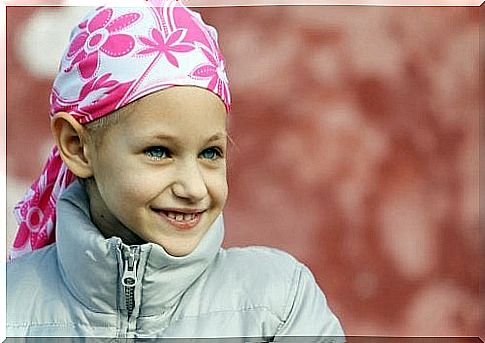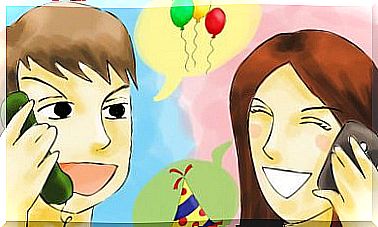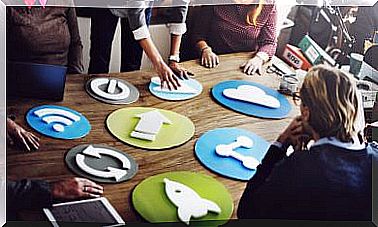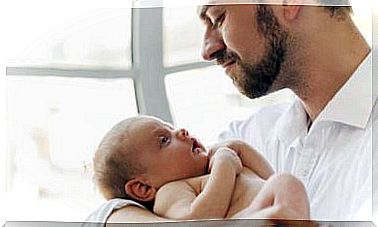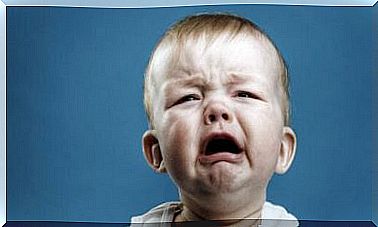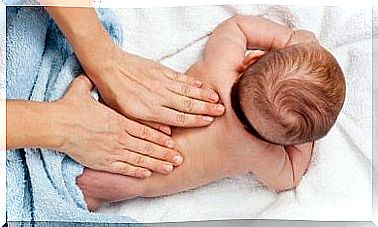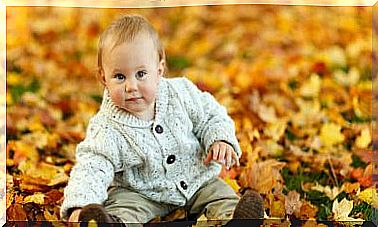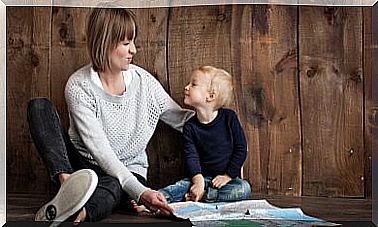How Childhood Leukemia Is Treated
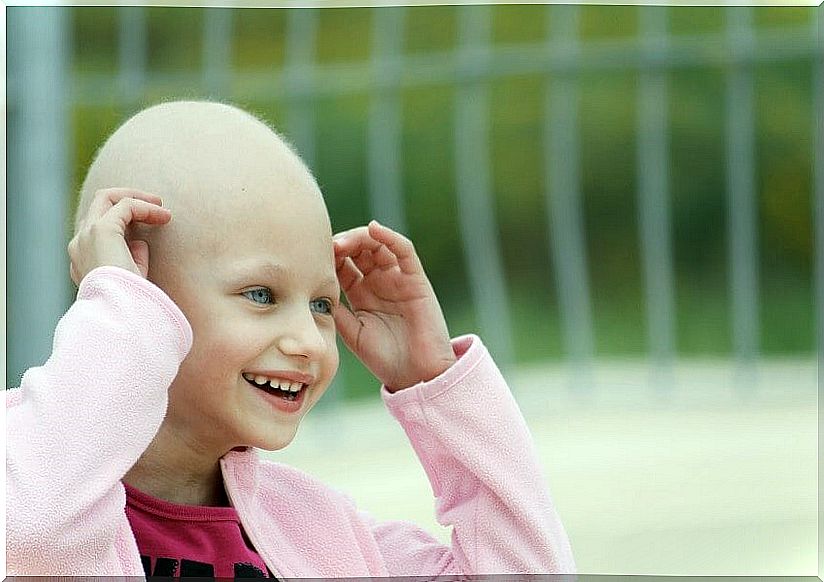
There are some signs of childhood leukemia that should be taken into account to know if a child is truly suffering from this disease. It is not easy to detect but it is vital to do so, so if you think that your child may have leukemia you should go immediately to the hospital to have the relevant tests done and thus be able to start treatment as soon as possible.
How is leukemia diagnosed
The fact that there are some signs of childhood leukemia does not mean that the child has it. Leukemia will be diagnosed through relevant tests, such as a bone marrow test.
The test is done by taking samples of the child’s bone marrow and hip bone. Although the procedure seems painful, it only takes 15 minutes.
Mainly the process begins when the child’s health continues to deteriorate for no normal reason. The pediatrician will refer the child to a pediatric oncologist who may begin various blood tests to identify any abnormalities in the number of white, red blood cells, and platelets. In case unusual results are found, the oncologist would only order the bone marrow test.
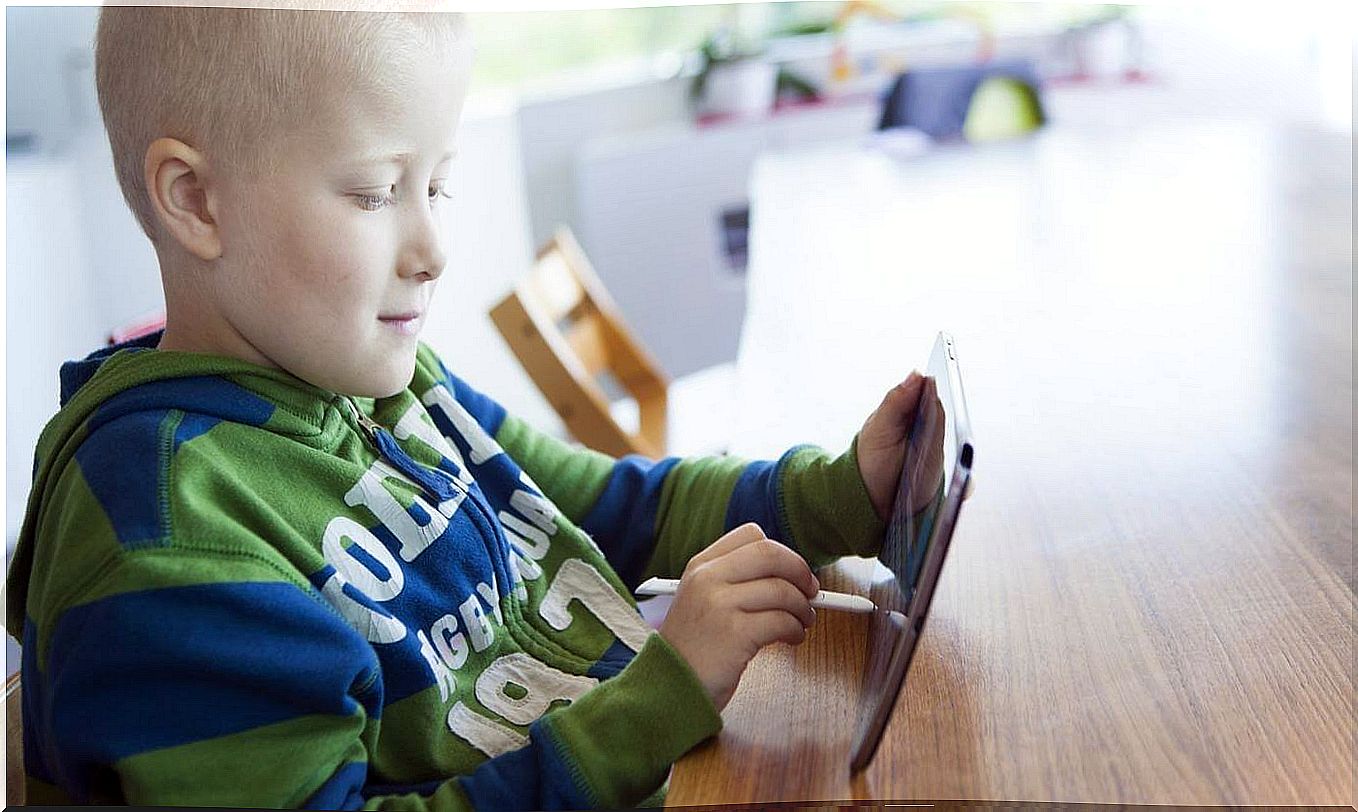
How is leukemia in children treated?
Treating Childhood Leukemia
The primary treatment for childhood leukemia is chemotherapy given either orally or through the vein or cerebrospinal fluid. The treatment method is decided based on the results of the child’s blood tests with the drugs administered and the doses selected accordingly to see the progress.
Radiation therapy, stem cell transplants, and targeted therapy are other treatments used for childhood leukemia.
Leukemia can be successfully treated through chemotherapy which is very successful in many cases. A high percentage of children can finish treatment without cancer, that is, completely cured. Permanent remission (that is, there is no chance of relapse) is achieved in most cases in childhood leukemia, although early diagnosis is still important for good treatment results.
Side effects of treatments
Children suffer from various side effects from intensive chemotherapy that can make them weak and exposed to other diseases.
Common side effects include: dizziness, nausea, vomiting, hair loss along with short-term exposure to various infections and illnesses. Doctors usually treat each side effect that occurs while chemotherapy is being done to alleviate them.
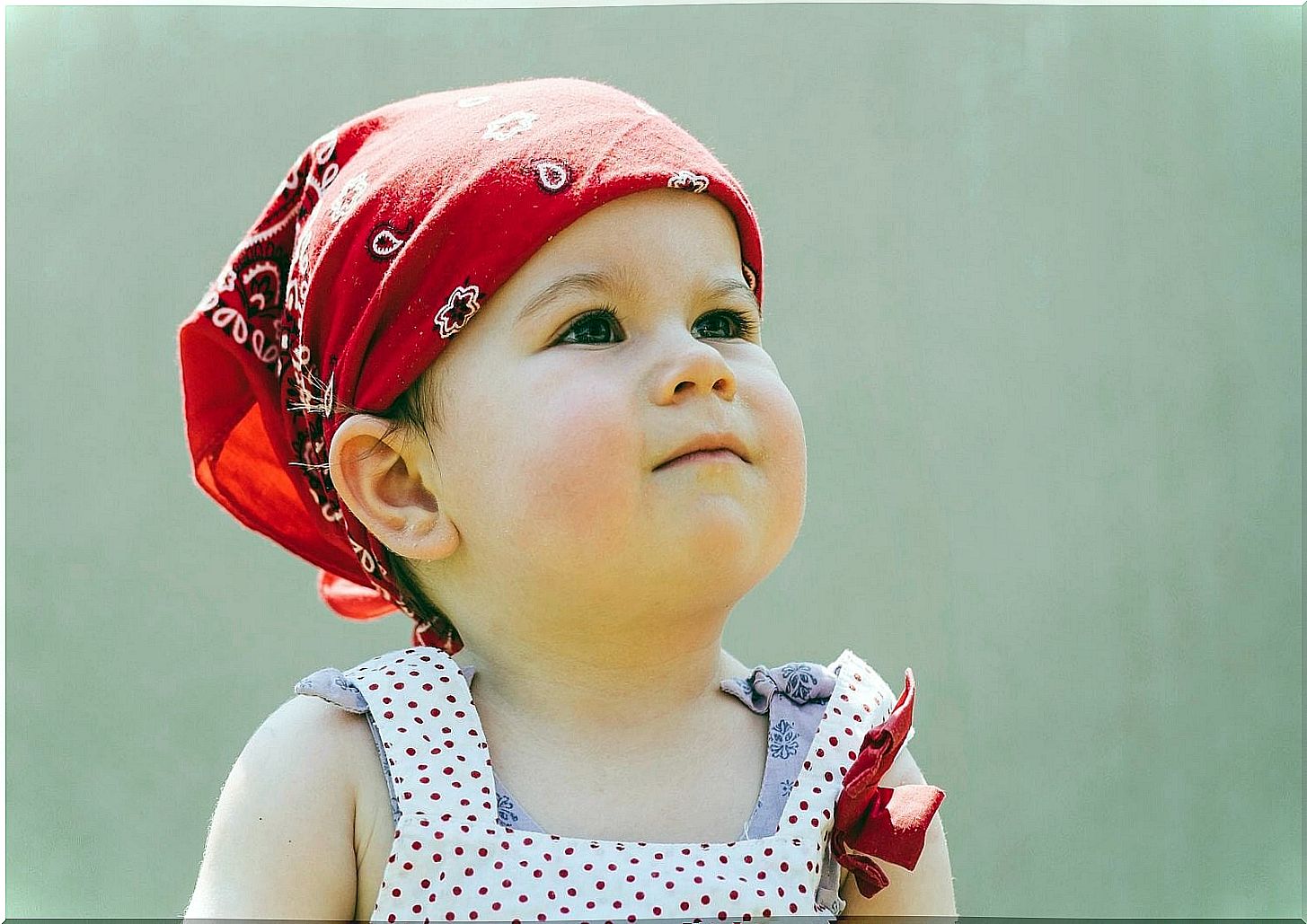
The types of leukemia
The two main types of leukemia are: acute leukemia and chronic leukemia among children. Acute leukemia grows very quickly while chronic leukemia develops slowly.
Acute leukemia can be further classified into two types based on what type of white blood cells are being affected. If the cells involved are lymphocytes, the acute leukemia is called acute lymphoblastic leukemia (ALL) and if the cells involved are myelocytes, the acute leukemia is called acute myeloid leukemia (AML). Other less common types of leukemia include juvenile myelomonocytic leukemia and chronic myelogenous leukemia.
Childhood leukemia is a disease that can develop in children under the age of two to ten or later. It is essential that parents when they believe that their children are suffering from this disease or have strange symptoms, it is essential that they go quickly to the hospital to receive an effective and early diagnosis, so that it can be treated as soon as possible. It will always be the oncologist who decides which is the best treatment in each case.
